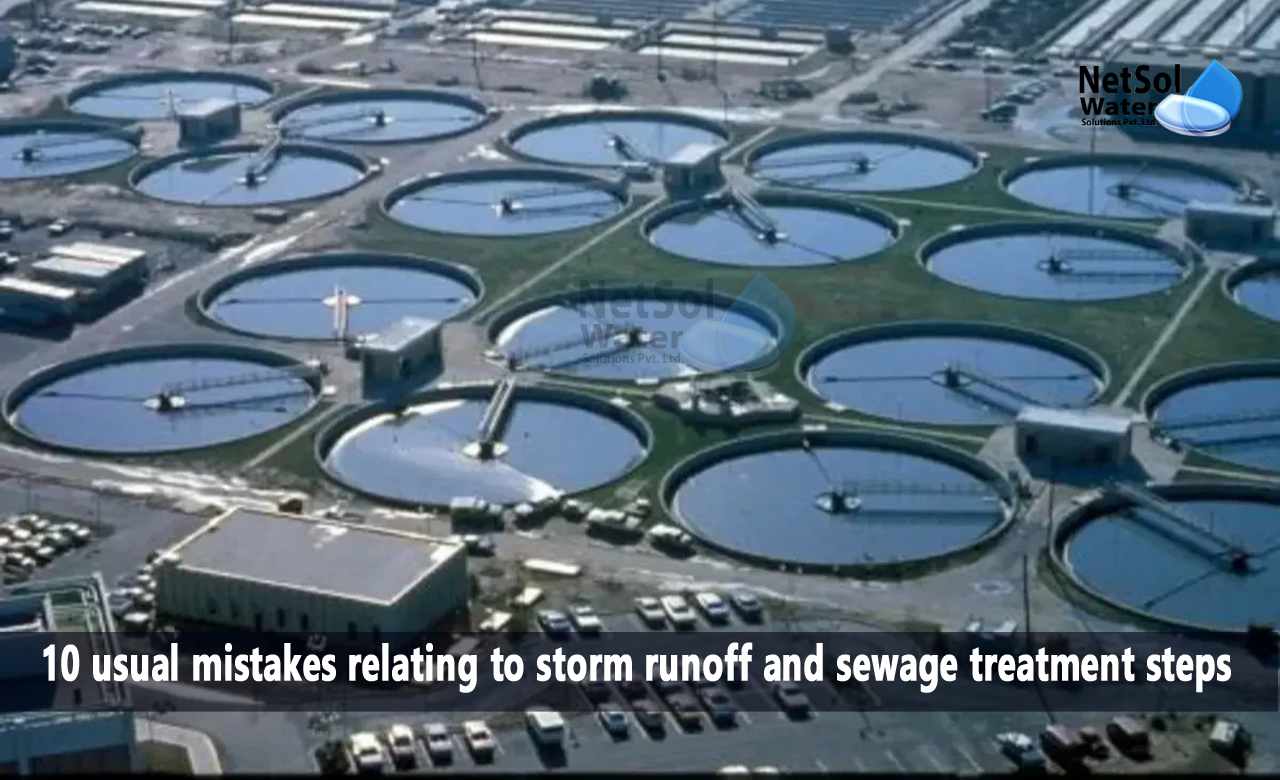Storm runoff and sewage treatment are critical processes in managing wastewater and protecting public health and the environment. Storm runoff refers to water from precipitation events, such as rain or snowmelt, that flows over land and enters natural waterways. This water can pick up pollutants from various sources, including roads, parking lots, and industrial sites, and can pose a significant threat to the quality of our water resources.
Sewage treatment, on the other hand, is the process of removing contaminants from wastewater, which includes water from households, businesses, and industries. Proper treatment of sewage is critical to protect public health and the environment by preventing the spread of disease and reducing pollution in natural waterways.
The proper management of storm runoff and sewage treatment involves various technologies and practices to ensure that water is treated effectively and efficiently. In this regard, it is essential to have a clear understanding of the processes involved in storm runoff and sewage treatment and to dispel common misunderstandings to make informed decisions about the management of wastewater.
Top 10 Mistakes relating to storm runoff and sewage treatment plants:
Storm runoff and sewage treatment are two important processes in the management of wastewater. However, there are several common misunderstandings about these processes that can lead to incorrect assumptions and decisions. Here are ten common misunderstandings about storm runoff and sewage treatment steps:
1. Storm runoff is treated the same way as sewage.
Storm runoff and sewage are treated differently. Storm runoff is usually directed to a separate system that does not undergo the same treatment process as sewage. The two systems are kept separate to prevent overloading of the sewage treatment plant during heavy rain events.
2. All sewage treatment plants are the same.
Sewage treatment plants can vary significantly in their design and capabilities. Factors such as size, location, and population served can all influence the design and operation of a sewage treatment plant.
3. All sewage treatment plants remove all contaminants from wastewater.
While sewage treatment plants are designed to remove a variety of contaminants from wastewater, they may not remove all contaminants. Some contaminants may require additional treatment steps or may be difficult to remove entirely.
4. All stormwater runoff is polluted.
Not all stormwater runoff is polluted. The level of pollution in stormwater runoff can vary depending on the location, land use, and weather conditions. In some cases, stormwater runoff can be relatively clean and may not require extensive treatment.
5. All sewage treatment plants release harmful pollutants into the environment.
While some sewage treatment plants may release pollutants into the environment, modern sewage treatment plants are designed to minimize environmental impact. Many plants use advanced treatment technologies and practices to reduce the release of pollutants and protect the environment.
6. Sewage treatment plants always produce a foul odor.
While some sewage treatment plants may produce unpleasant odors, modern plants are designed to minimize odors through the use of advanced treatment technologies and odor control systems.
7. All sewage treatment plants are expensive to operate and maintain.
The cost of operating and maintaining a sewage treatment plant can vary depending on a variety of factors, including the size of the plant, the technology used, and the local regulatory requirements. However, modern sewage treatment technologies and practices have made it possible to operate and maintain plants more efficiently and cost-effectively.
8. All sewage treatment plants generate large amounts of sludge.
While sewage treatment plants do generate sludge, the amount of sludge generated can vary depending on the plant's design and the treatment process used. Many modern plants use advanced treatment technologies that can reduce the amount of sludge generated and improve its quality for disposal or reuse.
9. Sewage treatment plants are not necessary in areas with low population density.
Even in areas with low population density, sewage treatment plants are necessary to protect public health and the environment. Improper disposal of wastewater can lead to contamination of surface and groundwater, which can pose a risk to human and environmental health.
10. Stormwater runoff is not a significant source of pollution.
Stormwater runoff can be a significant source of pollution, especially in urban areas with large amounts of impervious surfaces. Runoff can pick up pollutants such as oil, grease, and chemicals, and carry them into natural waterways. Effective management of stormwater runoff is essential to protect the environment and public health.
Do you need an advice or assistance on selecting the best water and waste water treatment unit? We have solutions for all your problems!



